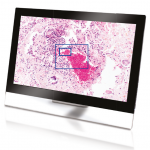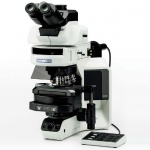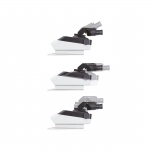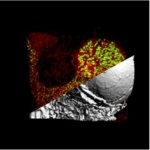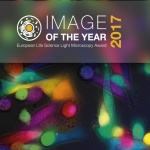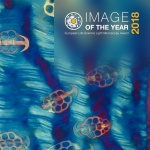
Sponsored • Competition
Olympus Image of the Year – Celebrating art in science
Olympus’ Image of the Year Award for light microscopy in Europe recognizes the very best in life science imaging. Inspired by the beauty and breadth of images submitted for Image of the Year 2017, Olympus is now continuing its quest for the best light microscopy art in 2018. For the chance to win one of three prizes, applicants can submit life science light microscopy images to…





